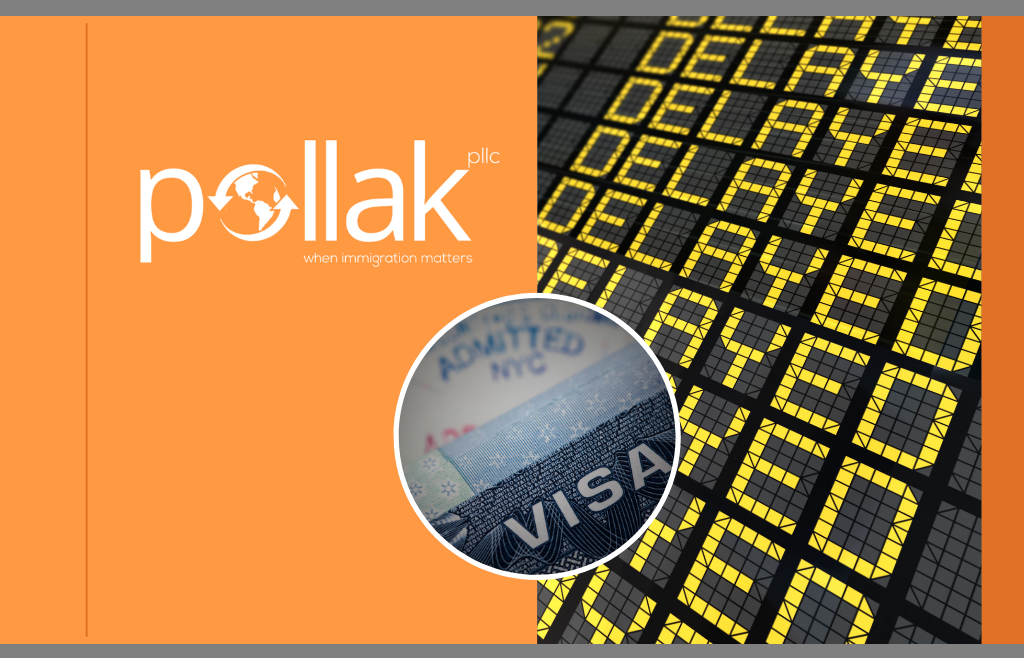
Both immigrant and non-immigrant visas are essential for U.S. immigration, but the U.S. Citizenship and Immigration Services (USCIS) can only process a limited number each year. Visa retrogression arises when the demand for immigrant visas exceeds the supply, which is often a cause for frustration and delays. The backlog created by the tremendous number of visa applications impacts certain visa categories for individuals from specific countries. To understand visa retrogression and how it may impact your visa application, it’s important to explore the contributing factors.
Congressional Limits and the Visa Bulletin
Congress establishes annual limits on the number of immigrant visas issued, aiming to regulate immigration numbers effectively. The U.S. Department of State (DOS) plays a crucial role in this process by publishing the monthly Visa Bulletin, which outlines cut-off dates governing visa availability. These cut-off dates determine when applicants become eligible to apply for permanent resident status, based on their priority dates.
Understanding Priority Dates
The priority date is extremely important in the visa application process. In most cases, it represents the date when the immigrant petition is correctly filed with the USCIS. In certain situations, the priority date may coincide with the acceptance of the labor certification application by the Department of Labor.
Implications of Retrogression
Visa retrogression occurs when the demand for visas in a specific visa category or from applicants of a particular country surpasses the available visa numbers for that period. As a result, applicants with priority dates earlier than the published cut-off date in the Visa Bulletin can proceed with their applications, while others may encounter delays until more visas become available.
Applicants affected by visa retrogression must wait until their priority date once again aligns with the cut-off date in the Visa Bulletin. This waiting period can be frustrating and impact your immigration plans and, in some cases, your career. However, with the new fiscal year approaching on October 1st, annual visa limits reset, and the cut-off dates may change. This has the potential to move applications forward.
Past Occurrences of Retrogression
Visa retrogression is not an uncommon phenomenon, particularly in cases where countries or specific visa categories experience oversubscription. For example, early in the summer of 2023, the DOS retrogressed Employment-Based Third preference (EB-3) for Indian visa applicants. It’s essential to stay updated on the Visa Bulletin as it could impact the wait times for your visa application.
Navigating Immigration with Care
For individuals facing visa retrogression, it is essential to remain informed and continue working with your immigration attorney to avoid further delays. Visa retrogression is a temporary obstacle in the immigration journey and, in many circumstances, can resolve with the start of the new fiscal year.
It’s understandably frustrating when your visa application experiences delays that are out of your control, however, it highlights the importance of partnering with an immigration attorney that is adept in navigating the complex immigration system. Ensuring that the correct application is completed, submitted without error, and on time is essential to avoid further delays. At Pollak, PLLC, we keep clients well-informed and are compassionate yet transparent about the challenges they may face. To learn more about what our firm can do for your U.S. immigration endeavors, call (214) 731-4515 today to schedule a consultation.


-4.png)

